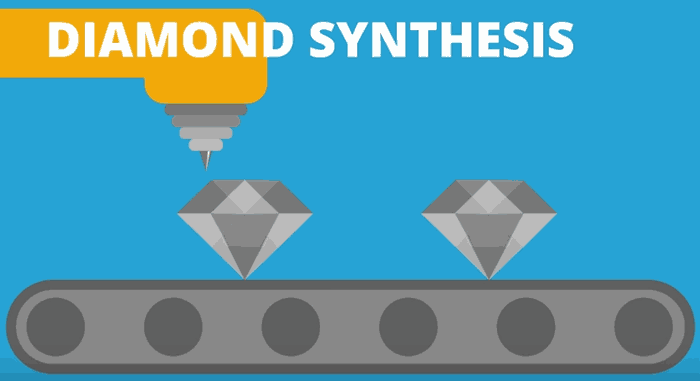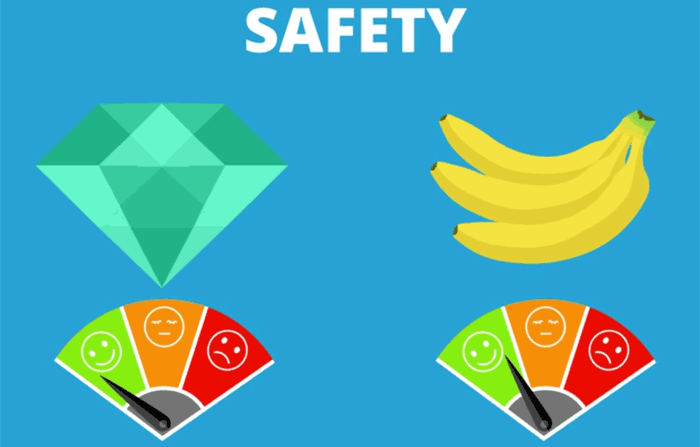Scientists from the University of Bristol have developed a new battery technology that uses nuclear waste and diamonds to generate electricity. The nuclear radiation powered batteries could provide both a way to utilise waste and make 'cells' with extraordinarily long battery life. Though the electrical current produced is small, compared to conventional batteries, these nuclear batteries would endure "5,730 years" before their power output is reduced by half. This length of battery life is more or less equivalent to the length of human civilisation so far.

Tom Scott, Professor in Materials in the University's Interface Analysis Centre claimed "By encapsulating radioactive material inside diamonds, we turn a long-term problem of nuclear waste into a nuclear-powered battery and a long-term supply of clean energy." A prototype 'diamond battery' using radioactive Nickel-63 was demonstrated by the Bristol team. In the UK we have 95,000 tonnes of radioactive waste as graphite blocks. Using this Carbon-14 material would significantly improve the nuclear battery efficiency, make the waste safe in diamonds, and produce useful batteries. Electricity is produced when the man-made diamond is placed close to a radioactive source and requires no moving parts, produces no emissions, and requires no maintenance.

Diamond nuclear waste batteries last emit less radiation than a regular banana
Providing further detail regarding the concept, Dr Neil Fox from the School of Chemistry at the University of Bristol, said "Carbon-14 was chosen as a source material because it emits a short-range radiation, which is quickly absorbed by any solid material. This would make it dangerous to ingest or touch with your naked skin, but safely held within diamond, no short-range radiation can escape." Dr Fox added that "In fact, diamond is the hardest substance known to man, there is literally nothing we could use that could offer more protection."
The lower power but extreme stamina batteries are envisioned to be useful in devices such as Pacemakers, satellites, high altitude drones, and so on.Sadly we haven't been given data on the expected amount of electricity provided by (for the first 5,730 years of its life), or the cost of, a diamond battery.
The research team behind the nuclear diamond battery are currently canvassing for suggestions to what other devices would benefit from their technology. Simply write a Tweet with the #diamondbattery hashtag to take part.













